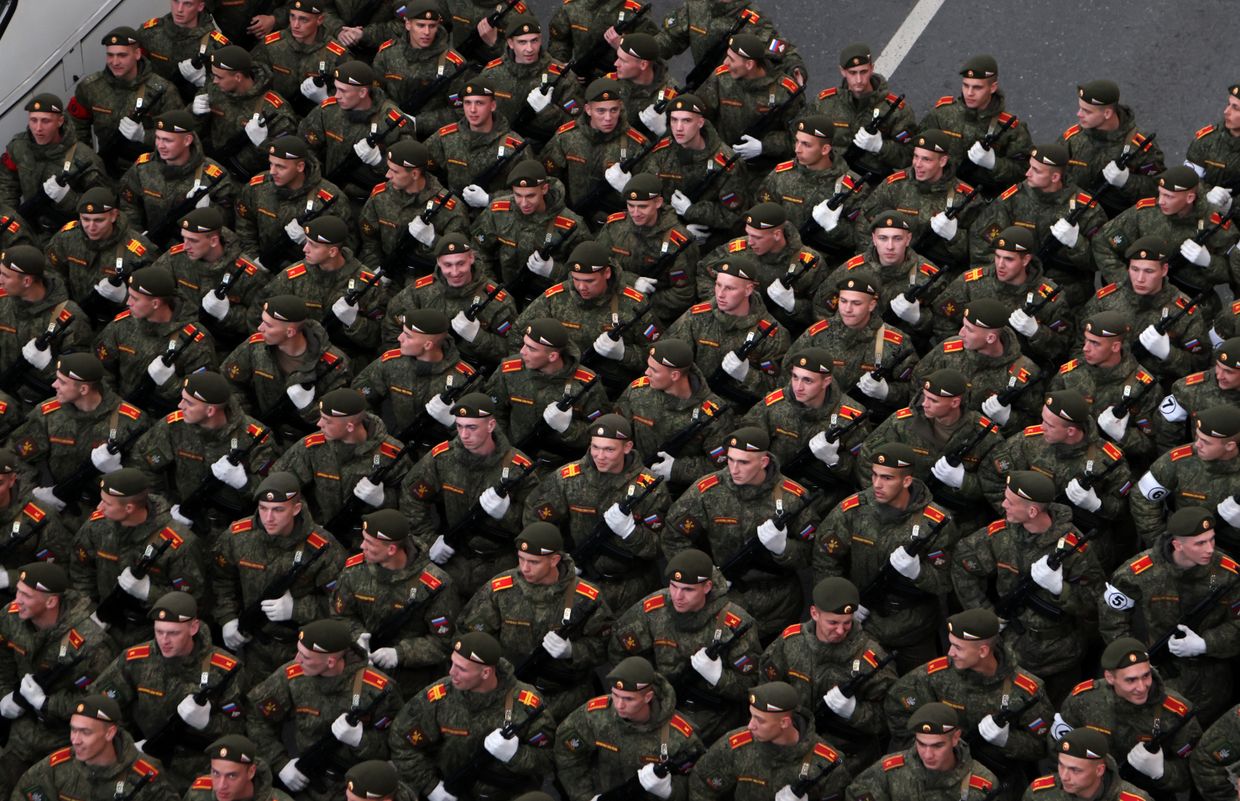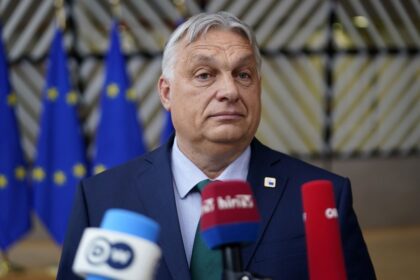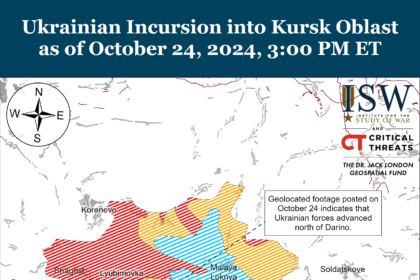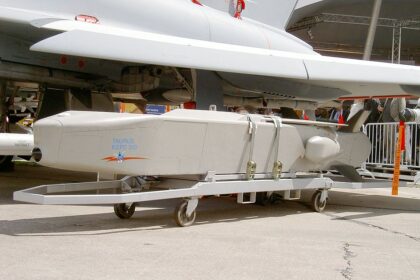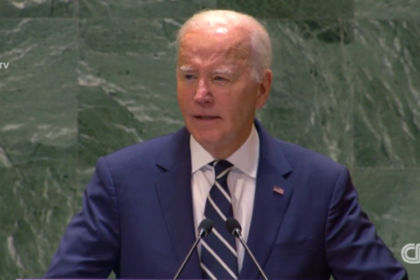**Ukraine’s Commander-in-Chief Warns of Russia’s Mobilization Capacity**
Ukraine’s forces are facing a daunting task as they take on the might of Russia, with millions of troops at Moscow’s disposal. According to Oleksandr Syrskyi, Ukraine’s Commander-in-Chief, Russia can mobilize up to 20 million soldiers who have undergone military training and service.
Syrskyi made this comment in an interview with the LB.UA outlet, highlighting the significant disparity between Russia’s potential and Ukraine’s current forces. “We must keep mobilizing our forces to sustain resistance against Moscow’s onslaught,” he emphasized.
**Russia’s Forces on the Rise**
The Commander-in-Chief noted that Russia has increased its force in Ukraine by fivefold since the beginning of the conflict, with approximately 623,000 troops currently deployed. Every month, this number increases by 8,000-9,000 soldiers, translating to a staggering 120,000-130,000 new recruits annually.
This significant buildup of forces is evident on the battlefield, where Russian troops outnumber Ukrainian defenders in some sectors by as much as 10 to 1. To counter this, Ukraine needs to mobilize around 30,000 soldiers every month, a figure that has been previously mentioned by President Volodymyr Zelensky.
**Russia’s Mobilization Efforts**
While Russia’s overall mobilization capacity is substantial, it’s worth noting that the Kremlin implemented only a partial mobilization in 2022. Despite this, Moscow has managed to replenish its forces with contract soldiers and offset massive battlefield losses in Ukraine. This success can be attributed to the use of financial incentives and other methods to recruit civilians for the war effort.
In contrast, Ukraine has struggled with manpower shortages in recent months, making it essential for Kyiv to maintain a steady influx of new recruits.
**Beneath the Numbers: A Shift in Battlefield Dynamics**
While Russia’s sheer numbers are intimidating, some battlefield trends may be working in Ukraine’s favor. Syrskyi pointed out that Russia’s advantage in artillery ammunition has decreased from 10 to 1 to 2 to 1 over the past year. This shift can be attributed to Ukraine’s long-range strikes against Russian arms warehouses in the rear.
As a result, Russia’s daily expenditure of artillery rounds has dropped significantly, from around 40,000 to 23,000-28,000 per day. While this may not seem like a major victory, it highlights the importance of Ukraine’s ability to disrupt Russia’s supply lines and limit its military effectiveness.
**A Response from China?**
In related news, Chinese Foreign Ministry spokesperson Lin Jian was quick to distance Beijing from any involvement in Ukraine’s conflict. However, some have questioned whether this stance is genuine or merely a public relations effort.
As tensions between Russia and the West continue to escalate, it remains to be seen how these developments will impact global politics and, more importantly, the lives of ordinary people caught in the crossfire.




